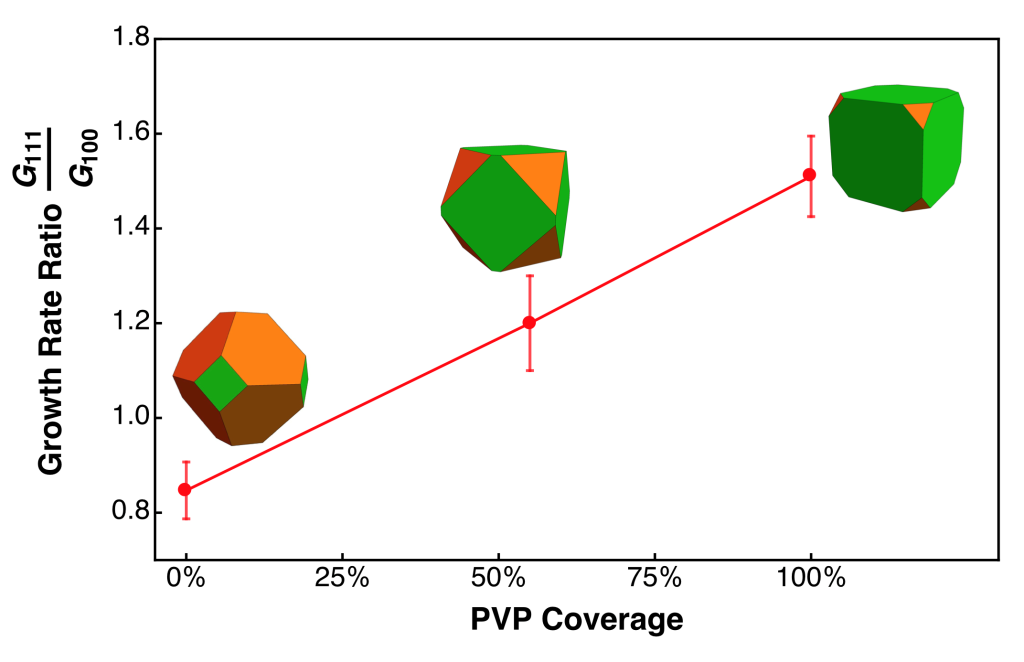Nanomaterials
Crespi, Fichthorn, Jensen, van Duin
Research Highlights
Mechanisms of Oriented Attachment of TiO2 Nanocrystals in Vacuum and Humid Environments: Reactive Molecular Dynamics
A significant challenge in the development of functional nanomaterials is understanding the unique properties that originate from nanocrystal size and shape. Understanding how such crystals can be synthesized, i.e., understanding their growth, transformations, and assembly, is also a challenge at the forefront of materials theory and experiment. In many applications, nanoparticles are synthesized in a colloidal environment, involving a precursor salt, solvent, and various additives that can be used to alter the nanocrystal growth process. Due to the complexity of this environment, the fundamental understanding of most colloidal syntheses is still in its infancy. First-principles-based theory and simulations can play an important role in the quest to understand colloidal nanocrystal synthesis and assembly. First-principles theory can reveal the unique electronic, optical, and catalytic properties associated with the size and shape of a nanomaterial. Moreover, DFT calculations can reveal much about the interactions that dictate nanocrystal growth and structural transformations. Although it is prohibitively difficult at present to simulate nanometer-sized particles in the presence of solvent (and perhaps additives) entirely from first principles, such problems fall within the capabilities of classical molecular dynamics simulations. The empirical force fields underlying molecular dynamics simulations can be parameterized and tested against first-principles calculations and/or experiments to ensure their suitability for a given application.
CoMET research takes on a number of multi-scale challenges associated with describing the structure and function of nanomaterials. Efforts to describe the colloidal growth of nanomaterials deal with issues such as surface charging and the electrical double layer, colloidal nanocrystal nucleation, hydration energies, growth, aggregation and oriented attachment and the workings of structure-directing agents. CoMET also has significant efforts directed at characterizing the electronic, catalytic, and optical properties of nanomaterials using first-principles calculations.
Oriented attachment (OA) of nanocrystals is now widely recognized as a key process in the solution-phase growth of hierarchical nanostructures. However, the microscopic origins of OA remain unclear. We perform molecular dynamics simulations using a recently developed ReaxFF reactive force field to study the aggregation of various titanium dioxide (anatase) nanocrystals in vacuum and humid environments. In vacuum, the nanocrystals merge along their direction of approach, resulting in a polycrystalline material. By contrast, in the presence of water vapor the nanocrystals reorient themselves and aggregate via the OA mechanism to form a single or twinned crystal. They accomplish this by creating a dynamic network of hydrogen bonds between surface hydroxyls and surface oxygens of aggregating nanocrystals. We determine that OA is dominant on surfaces that have the greatest propensity to dissociate water. Our results are consistent with experiment, are likely to be general for aqueous oxide systems, and demonstrate the critical role of solvent in nanocrystal aggregation. This work opens up new possibilities for directing nanocrystal growth to fabricate nanomaterials with desired shapes and sizes.

